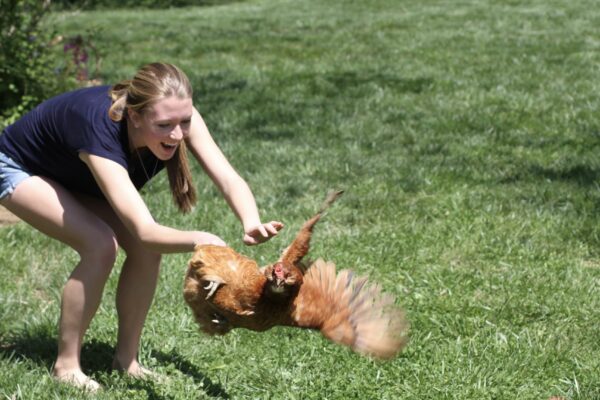With spring coming, migratory birds will soon arrive in our backyards. A native garden, feeders and birdbaths are great ways to host our feathered friends but we can also help by limiting hazards.
One of the main causes of bird fatalities is window collision. Birds see the reflection of trees or sky in windows and think they have a clear flight path – a deadly mistake. Every year up to a BILLION North American birds die from these window strikes and a large percentage of those are from single-family residences.
Here are some ways to limit collisions:
– close curtains or blinds when not in a room and at night.
– keep exterior bug screens on all year long to reduce reflectivity and cushion the impact
– use a Highlighter marker to draw a grid (squares approx. 2” by 4”) on the interior of your windows. This ink absorbs UV light, which is visible to birds but not to humans. This will need to be updated about once a month.
– place bird feeders and baths either within 3 feet (too close for a collision to be fatal) of windows or more than 30 feet away (birds will be more likely to recognize that windows are a part of the house).
– use window decals (spaced only a few inches apart)
– put off cleaning your windows until after the migratory birds and fledglings have moved on.
– install tilted, fritted or etched glass and exterior awnings or shutters.
If you find a bird that has had a strike, gently cover it with a towel and place her in a paper bag or cardboard box (with air holes) that is securely closed. Keep the bird in a quiet, warm, dark place, away from activity. Check on the bird every 30 minutes, but don’t touch her. If the bird seems to recover, carry the container outside and open it. Then step back, remain quiet, and see if the bird flies away. If she doesn’t fly away, carefully take her back inside. If the bird doesn’t recover within a few hours, but is still breathing contact a wildlife rehabilitator.




